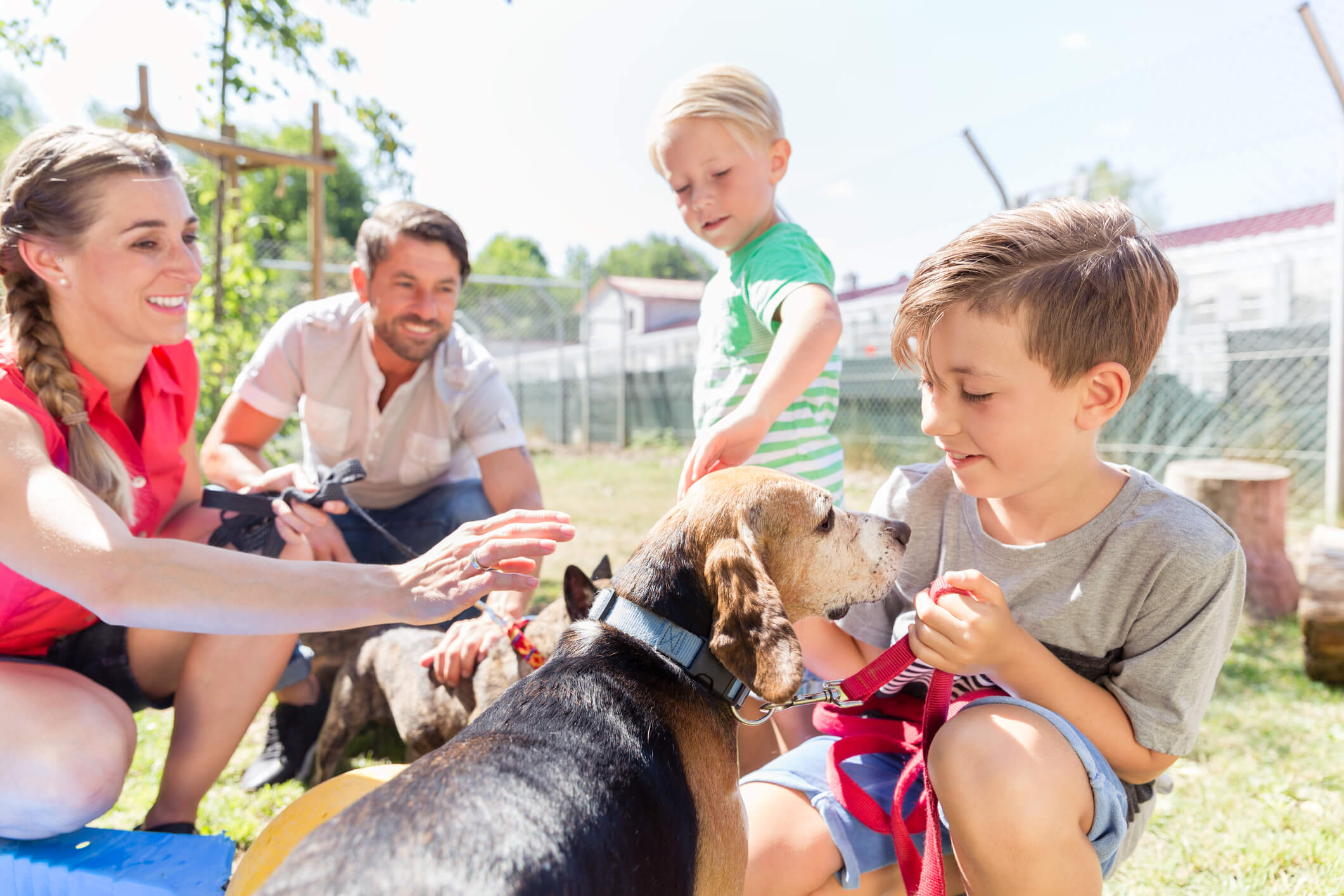
Animal shelters have come a long way from the shelter environments of the past as shelters now focus on improving facilities and reducing animal stress, more education and prevention, and more community outreach. Animal shelters of the future are starting to emerge now as shelters across the nation search for innovative ways to improve the shelter experience for animals, and the community.
Shelter Design
Gone are the days of the stark animal shelters with chain link kennels, buzzing overhead lights, and incessant barking. Sure, those facilities still exist, but out of necessity, rather than intention. Shelters across the nation are striving to make spaces for dogs, cats, and people that are still safe and clean, but engaging and less stressful for animals.
Many shelters are designing with stress reduction in mind. A healthy environment is more than clean—it reduces stress for the animal. Shelters have achieved this with both complete shelter remodels and simpler touches. Skylights in some shelters allow for sunshine and reduced reliance on compact fluorescent lights which are shown to trigger stress reactions, in humans as well as animals. Natural light, whether through skylights or glass exteriors, is more soothing to animals.
In addition, plants and other greenery can make a space more natural for an animal. Some shelters use plants to block the line of sight so dogs can’t see each other as easily. The Pasadena Humane Society in California created a park environment complete with benches and animal-shaped-topiaries! Other benefits of indoor plants include noise reduction and improved air quality.
Noise reduction is important as the more dogs bark the more stressed the entire shelter gets. Sound-proofing technology is a vital part of any new shelter design. Classical music is another way to comfort dogs to keep them from barking and shelters are starting to utilize music.
There’s No Place Like Home
Creating a comfortable environment for animals goes beyond what we might normally envision a shelter kennel to resemble. The Knox County Humane Society in Illinois provides upholstered chairs for shelter dogs to relax on which helps reduce the dogs’ stress levels.
No matter if you are creating an environment for dogs or cats, horses or rabbits, taking into consideration their natural environments will help them remain calm, comfortable, and reduce stress. Animals that are less stressed are usually better behaved, and in turn, are adopted faster. Creating an environment of less stress can save animals’ lives and help them find a forever home.
It’s Not Just for Pets
Creating inviting animal shelter environments not only helps animals, but it’s also more inviting to the community. Community involvement is essential in animal welfare. Community members are your volunteers, your donors, and adoptive families. When you create a comfortable, cheerful space for animals, people will want to be involved. Training classes, prevention programs, and other initiatives will be more successful if an animal shelter is a comfortable place to be. Even in a time where more virtual events are taking place, your shelter environment affects the whole experience for animals, staff, volunteers, and the community.
